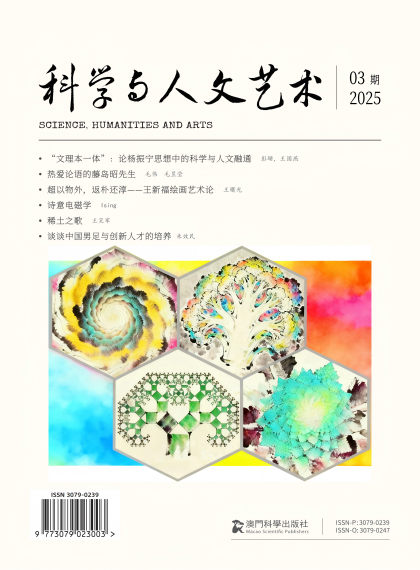
图1. “金秋川西”张善勇题词
唐家河国家级自然保护区
张善勇
六十公里寻觅
熊猫未见踪迹
唐家河[1]畔晚秋
野生猴羚[2]麂子[3]
九寨沟
雪山秋林绿水
远近高低一体
镜海[4]倒映彩秋
壮阔瀑布几梯
黄龙
满目松树挂白花
抬眼雪峰高如塔
低头惊叹五彩池[5]
黄龙[6]一条到山下
九红草原风光路
蓝天白云雪山近
黄河长江分水岭
奶子沟[7]生彩林谷[8]
羊茸哈德[9]徒虚名
达古冰川
窄沟层林醉染
挑战达古冰川[10]
四千八百六十
考验是否高反
毕棚沟
一沟红杉金灿灿
天际湖水蓝又寒
云中雪山白皑皑
牦牛磐羊[11]月亮湾[12]
卧龙熊猫苑
坐姿仰姿躺姿
吃饱自演杂技
赶巧箭竹大餐
卧龙熊猫基地[13]
眉山市三苏祠
家教有方出通才
三苏[14]成就谁超过
如若人生不快乐
劝君更读苏东坡
蜀南竹海
一望无际绿玉美
蜀南竹海[15]宜宾市
扁担岩上仙寓洞[16]
翡翠长廊[17]竹全席
Abstract:
“Journey Through Western Sichuan in Golden Autumn” is a series of nine poems that chronicle an autumn expedition traversing the landscapes of Western and Southern Sichuan. Beginning with panda tracking in the Tangjiahe National Nature Reserve, the journey progresses through Jiuzhaigou's Mirror Lakes and vibrant forests, Huanglong’s travertine terraces, and the high-altitude challenges of Dagu Glacier, culminating in the pristine beauty of Bipenggou’s golden fir trees and azure waters. The poems extend beyond geographical boundaries to incorporate the wild charm of Wolong Panda Base, the cultural reflections at Meishan’s Three Su Shrine, and the emerald corridors of Southern Sichuan Bamboo Sea. Interweaving vivid natural observations (Capricornis milneedwardsii, munijacs, yaks, and argali) with cultural contemplations (e.g., “read Su Dongpo for life’s joys”), the verses capture the interplay of light, color, and atmosphere in succinct yet evocative language. Annotated with precise elevations and distances, the collection blends the authenticity of travelogue with the lyrical elegance of classical landscape poetry, offering a poetic exploration of Sichuan’s ecological richness and cultural heritage.
Keywords: Western Sichuan travel; Golden autumn landscape; Ecological observation; Cultural exploration; Poetic travel notes

